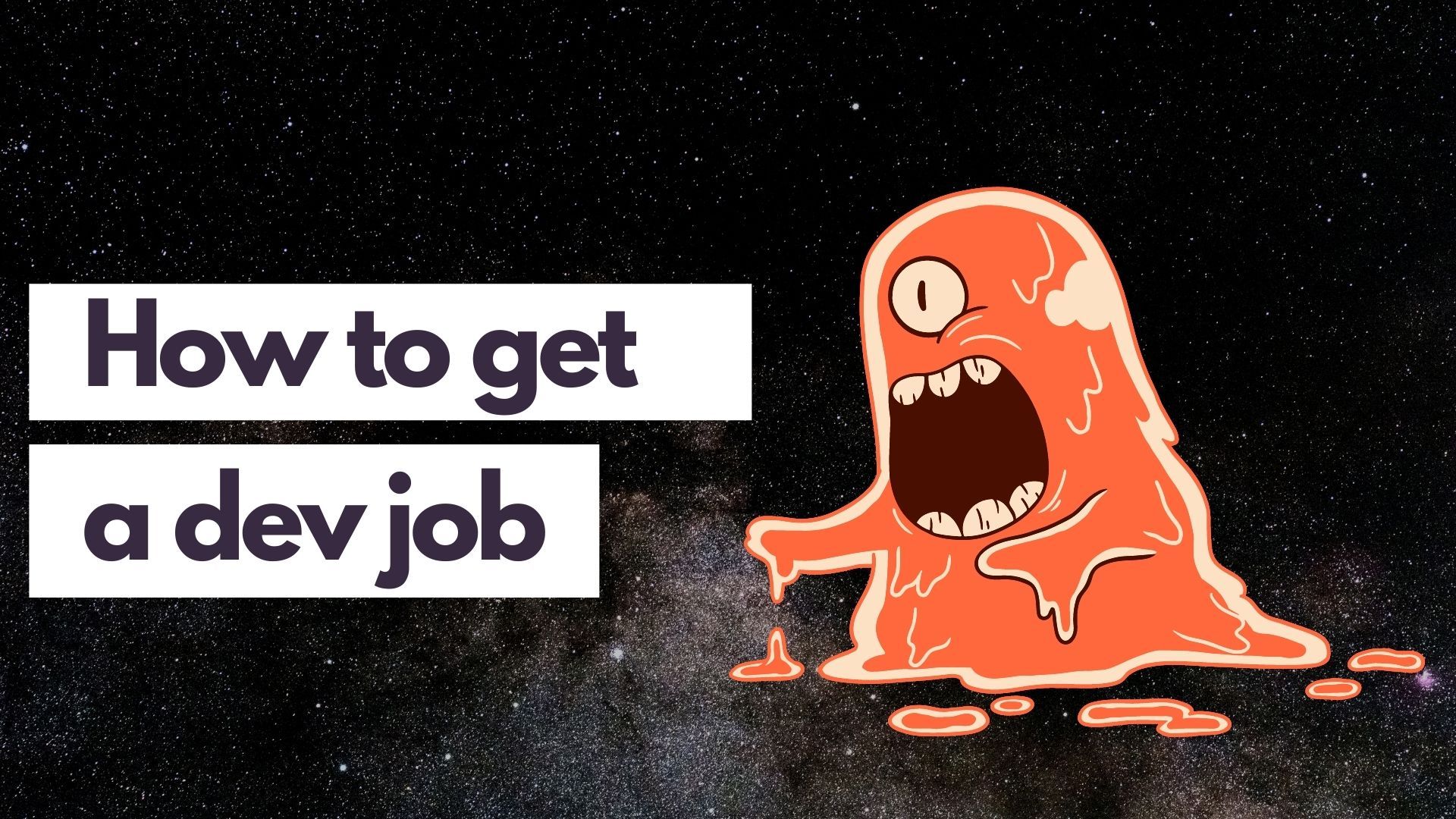7 Apps You Can Definitely Build With These Free APIs

You used to need to be a full-stack developer if you wanted to build something useful. A front end by itself doesn’t do much. A back end without a front end can’t be used the way it’s intended to.
But that kind of thinking is over a decade old, and the age of APIs is already in progress.
While brainstorming for this month’s upskilling prototype app, I’ve been traversing the web for free APIs that help me upgrade my front-end game (among other things). Here are some of the best ones I’ve found and the apps you can potentially build with them.
1. Digital Recipe Book
Yes. There are already a ton recipe-related things out there on the internet. But that’s not the point.
The point is if you’re new to API integrations, creating a digital recipe book can be a good exercise. You can also extend it to upgrading your visual design and interaction skills if you’re looking to get into native mobile-application development.
Edamam (developer.edamam.com) has a really good API with nutritional analysis, a food database lookup, and recipe searches. The amount of data available for free is immense and should work much better than your regular Lorem ipsum stuff.
2. Restaurant Review
Speaking of food, you might not be the type that likes to delve into the culinary delights. If you’re anything like me, you’d rather it be made for you.
And every now and then, you just want to check out what’s available in your local area.
Never fear, Zomato is here!
Or rather, their free API that you can use to integrate into your app or create it from scratch is. Some places are quite on to it when it comes to their menus and will update daily. You can create filters based on reviews, restaurants, locations, types of establishments, cuisines, cities, and categories.
You can find their API and documentation here.
3. “Fortnite” Stats
“Fortnite” fan? I’m not much of a builder, and my reaction speeds are pretty slow — but when it comes to creating interfaces for APIs, doing it for “Fortnite” stats looks like something that can be an ultra-fun side project to do.
You can learn to integrate with an apiKey here if you haven’t already done it before.
You can get the full instructions here.
From what I can see, you can query player stats, match history, what’s currently at the store, and active challenges.
The endpoints are mostly self-documenting, and if you’re a fan, this API integration should be a breeze.
4. Spotify Clone
Create a Spotify clone with Spotify’s API.
Yes. It sounds kind of weird to be creating a Spotify clone with Spotify powering it. However, there’s more to it than that.
The API lets you grab JSON metadata about the artists, the album, and the tracks from the data catalog available.
Naturally, the default thought we get is to make a traditional list kind of app.
But there’ve been a few creative prototypes out there that push the boundaries of what a set of data can actually do. The community showcase ranges from a music-voting app to mixtapes created based on your current location.
You can find the Spotify Web API here.
5. Latest News Feed
Major news outlets tend to have an API of some sort today. This means you have the power to play with the layout and design of how news is going to be displayed.
Here are a few APIs that are free and open that you can play with:
- Associated Press (developer.ap.org)
- New York Times (developer.nytimes.com)
- The Guardian (open-platform.theguardian.com)
- News (newsapi.org)
All of the listed sources require an API key, so you’ll need to go and set that up before you can create valid queries.
You can even aggregate them together to form one giant newsfeed for your reading pleasure.
6. Meme search
Let’s get real — memes are part of the internet. Why not contribute to our digital culture by creating an app that lets you search up your favorite GIFs.
GIPHY is probably the largest GIF search engine out there, and it’s one of the most referenced when it comes to reposting memes here and there.
It turns out, they also have a developer’s portal that provides an SDK to work with. This means APIs for your personal and commercial consumption.
Their documentation is pretty extensive but also succinct. You can find their developer portal here.
7. UPS Tracker
Have you got an e-commerce website? Or are you looking to develop some sort of app or plugin that involves tracking packages?
Well, it turns out that UPS has a developer’s kit you can use to tap into their APIs.
The perk of developing this is it can be used for different types of platforms and devices, not just limited to your own integrations. Having a parcel tracker can help with customer communications and gives them the ability to self-service and track on your platform, reducing the searching time required to track down their parcel and where it’s at.
You can find the UPS Developer Kit at their services page.
Final Words
And that’s it for the apps. To flex my design and development skills, I might just do one or two integrations of my own.
It’s always nice to have a sandbox project where you’re not bogged down by other people’s requirements and deadlines. Sandbox projects like these can also make fantastic portfolio pieces and help accelerate your personal and professional learning curves, giving you time to delve and explore into different domains.



Comments ()